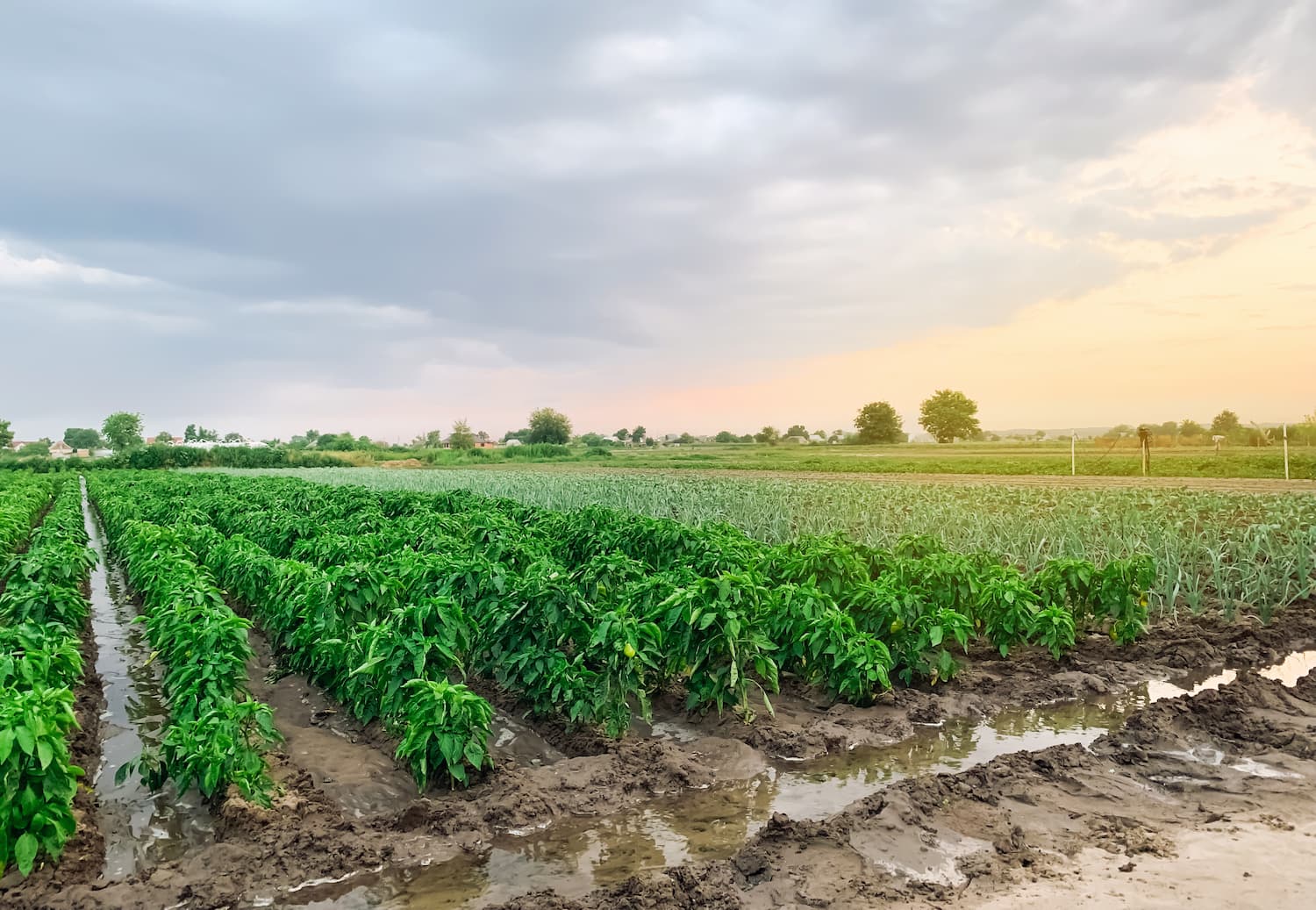EO Capability Benefits
Crop yield estimation using Earth Observation (EO) provides timely and spatially explicit forecasts critical for food security planning, market regulation, and agricultural insurance. By offering early, non-invasive predictions of harvest volumes, EO-based yield monitoring enables governments, development agencies, and agribusinesses to respond proactively to production shortfalls or surpluses. It is particularly valuable in regions where traditional statistics are delayed, incomplete, or unavailable. Yield estimation also supports climate resilience by highlighting the impact of droughts, floods, or pests on agricultural output.
EO Capability Description
EO-based crop yield estimation integrates vegetation indices (e.g., NDVI, EVI, fAPAR), meteorological data, and phenological modeling to simulate or correlate crop development with expected harvest output. Time-series optical imagery from satellites like Sentinel-2, Landsat-8, or MODIS is used to track growth patterns throughout the season. Models may be empirical (using historical EO-yield relationships) or process-based (simulating crop physiology and environmental responses).
Yields are typically estimated in tons per hectare and mapped at resolutions between 10 and 250 meters, depending on the data source and modeling approach. Forecasts can be updated in-season, allowing multiple yield outlooks before harvest, with uncertainty decreasing closer to maturity.
Ground data—such as official statistics or field measurements—is crucial for model calibration and validation. Outputs are often integrated into food balance assessments, risk mapping, and agricultural decision support systems. Best-practice products are accompanied by confidence intervals and metadata on model performance.
While accuracy can vary by crop and region, EO yield estimation is a reliable, scalable solution for anticipating production trends and enhancing agricultural transparency.


